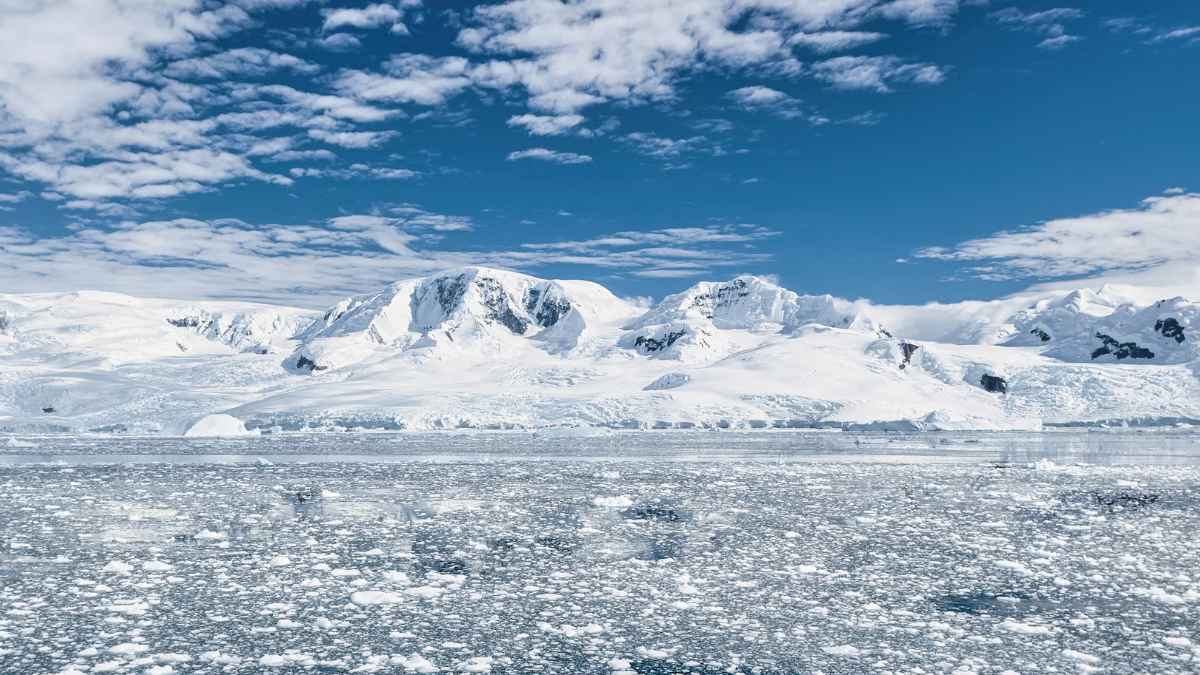A frozen “lost world” preserved since long before glaciers arrived offers scientists a rare window into our planet’s deep past.
The icy white of East Antarctica has concealed a secret for eons—an ancient river‑carved landscape about the size of Wales, sealed off under nearly two kilometers of ice. Now, a Durham University–led team using Canada’s RADARSAT satellite has finally pulled back the curtain on a 34‑million‑year‑old terrain that has remained unchanged since before glaciation began.
Satellite radar reveals ancient river‑carved terrain the size of Wales beneath East Antarctic ice and why the finding matters today
Stewart Jamieson and his colleagues detected subtle undulations on the ice surface that traced valleys, ridges, and channels far below. “It’s like uncovering a time capsule,” Jamieson said, marveling at a landscape that last saw daylight when Antarctica was green, river‑laced, and part of the supercontinent Gondwana.
So what makes this frozen tableau so intriguing? For one thing, its pristine condition confirms it predates the sweeping glaciers that took hold roughly 20 million years ago. For another, it demonstrates just how powerfully thick ice can lock an entire ecosystem in place for tens of millions of years. Key steps that led to the discovery:
- Precise RADARSAT measurements tracked minuscule ice‑surface changes.
- Researchers translated those surface ripples into a high‑resolution map of the bedrock below.
- Cross‑checking with geological models confirmed a pre‑glacial river network.
What the frozen time capsule tells scientists about Antarctica’s past and how it could shape future climate research worldwide
Back when dinosaurs still roamed other parts of Gondwana, this corner of Antarctica was a temperate realm of flowing rivers and forests. Then the climate turned, glaciers advanced, and an ice sheet more than 10 million square kilometers wide entombed the terrain. Understanding that transition helps researchers predict how today’s Antarctic ice might react as global temperatures climb.
Could the ancient valleys force modern meltwater to reroute? Might the ridges slow glacial movement? Those are the kinds of questions driving fresh modeling efforts. After all, the way ice interacts with buried landscapes can speed—or slow—the pace at which sea levels rise.
| Quick facts about the hidden landscape | Details |
|---|---|
| Depth beneath ice | ~2 km |
| Estimated age | 34 million years |
| Surface area revealed | ≈ size of Wales |
| Lead institution | Durham University |
| Main technology | RADARSAT satellite radar |
Therefore, every new scan adds pieces to a puzzle that links Earth’s ancient green past to its uncertain, warming future. As satellite instruments refine their gaze, scientists expect even more “lost worlds” to come into focus—each one a reminder that our planet’s history still lies hidden in plain sight.

